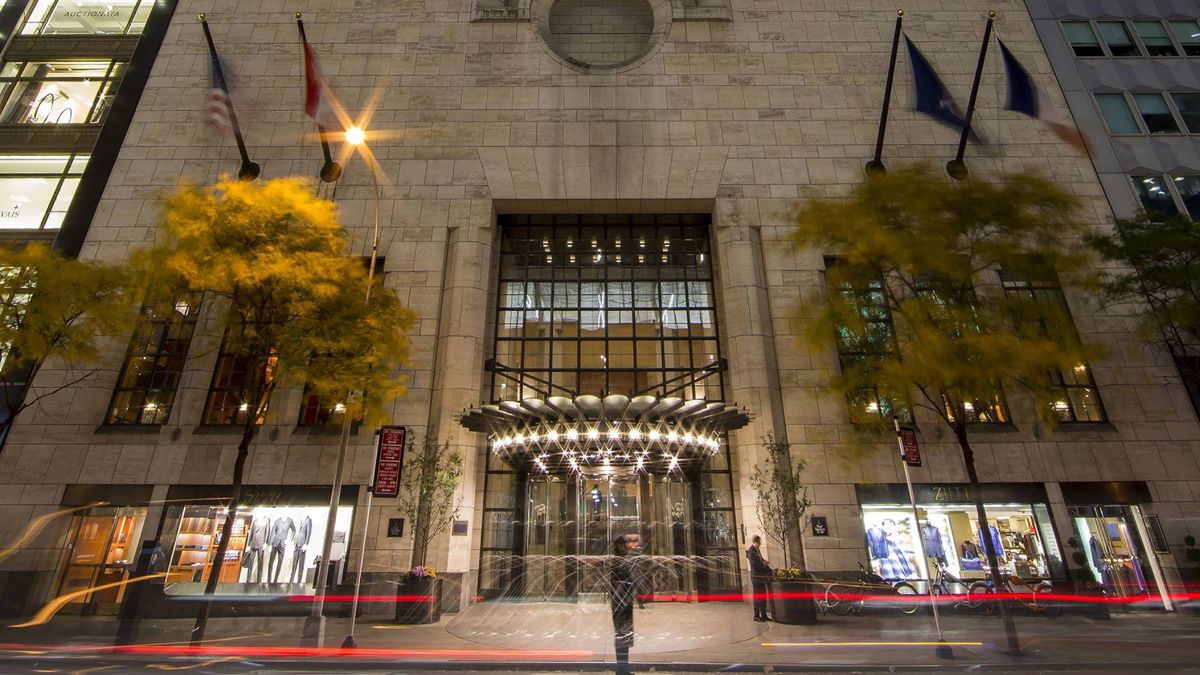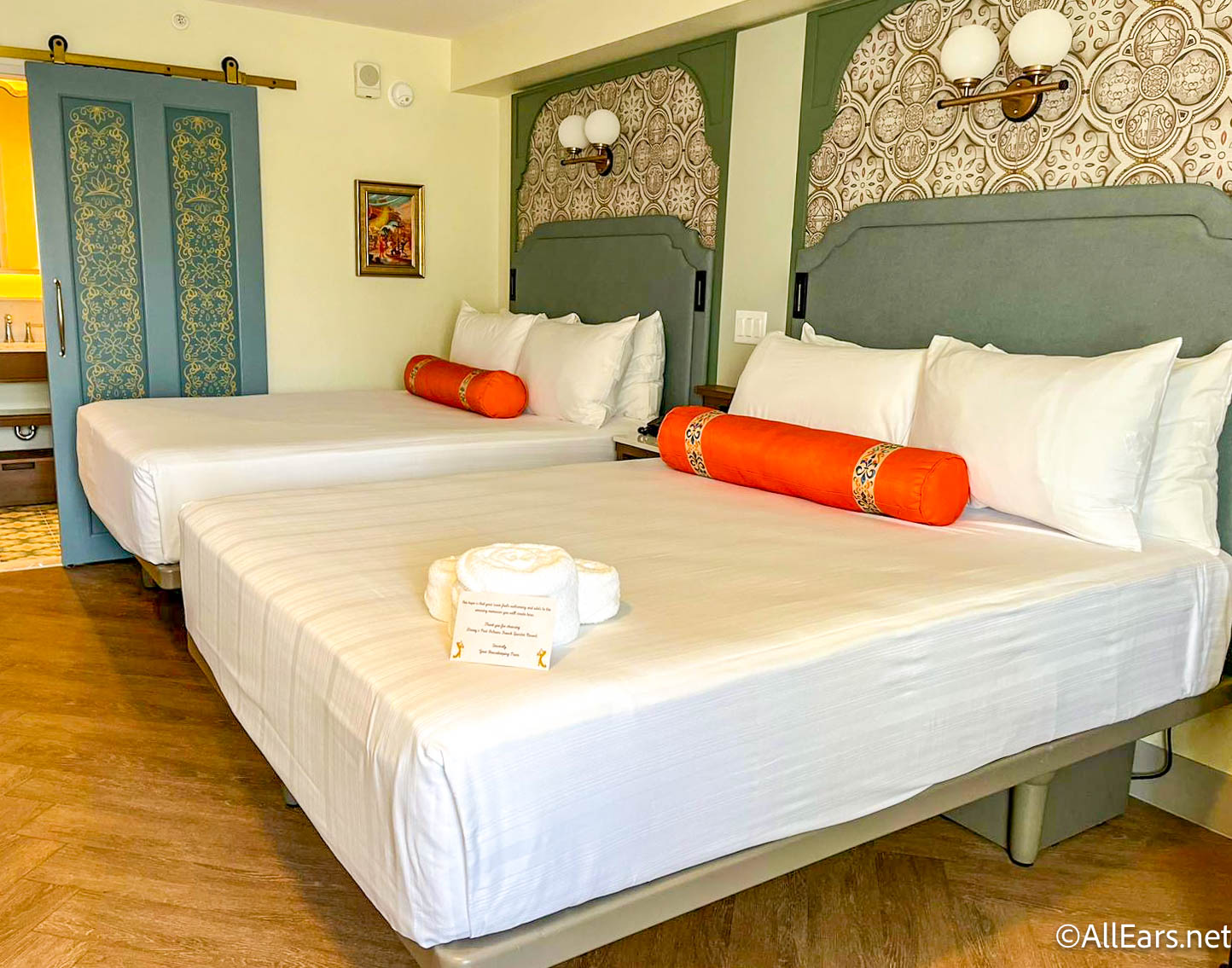Lifestyle hotel stakeholders talk wellness, wish-lists and why their top investment tip is: Know when to stop spending.
CORAL GABLES, Florida — Owners looking for buy-in from today’s lifestyle guests need to shelve their egos. Sector standouts don’t dictate what “lifestyle” looks like; the guest does. Budgets have to stretch to cover every item on their wish list, from bleach-free sheets and vegan menu items to artificial lagoons.
Delivering hotels that align seamlessly with every aspect of guests’ personal lifestyles isn’t just for the 1% of investors with ultra-deep pockets.
A panel of industry experts that included Chris Falce, senior vice president, Kimley-Horn; Darcy Lawrence, principal; strategy and development director, hospitality, HKS Inc.; Roland Mouly, managing principal, Hospitality Advisors; Victor Vazquez, vice president operations, Peru Portfolio, Highgate and Alexandra Walterspiel, president & CEO, Sensei, laid out the framework for lifestyle assets that can outpace ROI expectations without breaking the bank. They shared their lifestyle expertise on the “Vision + Investment = Lifestyle Success” discussion moderated by Mary Scoviak, custom & design content director, The BHN Group by Northstar, at the ALIS CALA 2025 conference.
With today’s data mining techniques, AI-powered tools and CRM advances, investors have access to the details of guests’ every preference, whether that’s black-out draperies that block light pollution or immersion in a sustainable wellness “haven” that provides access to a health consultant as part of after-stay service.
Getting it right is a lifestyle home run
“Look at the Equinox Hotel New York,” said Lawrence. “That’s an example of a lifestyle concept to me. People want to live and breathe in that environment. But the investors and operator also thought through exactly what their guests’ lifestyle looks like. After a long day of exercise, they can go down to the bar and have whatever clean drink they want, or enjoy the cuisine they’re serving without undermining their wellness priorities. You can’t forget about certain amenities your guests are going to want.”
There’s no room for lip service. If a hotel claims sustainability, guests will check everything from LEED certification to whether carpets off-gas. Wellness resort? Walterspiel isn’t the only one making sure the blackout drapes really darken the room. Outdoors-loving guests expect their yoga classes to be served al fresco. Savvy budgeting creates hotels that anticipate each guest’s hyper-specific preferences without adding incremental costs.
One thing investors won’t need to spend up on: public space infrastructure. “Looking at Moxy Hotels and similar brands, what works for them is the flexible design of the lobby. It starts the day as a business space, and ends it as a social atmosphere where there’s a little bit of live music and drinks,” said Falce. A set of retractable doors and a pop-up bar meet the needs of guests looking for afternoon tea and evening cocktails, added Lawrence. Event lawns can be adapted to cater to ever-changing wellness fads and also be reinvented for weddings without representing a large CapEx commitment.
Material choices give investors another win-win between ROI and return on experience. Sustainable decisions such as sourcing locally might deliver an unexpected payoff with a tax break in some locales, said Vasquez. He added that focusing on fire-retardant materials can help reduce insurance costs. “It’s going to be more and more important for investors, because they want to make sure they’re getting the best deals without having to spend more,” he added.
Save the CapEx for moves that do more than wow
Catering to guests’ lifestyle expectations changes what’s worth the big bucks. If it’s a “moment” or a “feature,” don’t bother. Savvy owners are saving the financial fireworks for decisions that transform market positioning. For Evermore Orlando Resort, that meant creating an artificial lagoon to lure beach lovers away from Disney-branded resorts and short-term rentals. That move enabled them to overcome the geographic challenge of being 15 minutes further from the theme park.
Tapping into the trend for wellness travel opens up a subset of lifestyle guests who spend 40% than their peers at the same property, said Walterspiel. “Wellness-focused guests stay longer and they spend more across the board,” she added. Those numbers make it easy to justify significant investment in making sure that the hotel walks the walk of social responsibility, smart programming and wellness services.
The same “what guests want” filter guided Vasquez’ decision on a flag for one of Highgate’s Peruvian resorts. “We went with The Luxury Collection because it wouldn’t have fit into a hard brand,” he said, adding that the financial commitment from the owner would have been similar either way.
For upscale and midscale lifestyle properties, be prepared for brand-conscious lenders
“From a developer or owner’s perspective, you’re missing out if you’re not part of a growing brand,” said Mouly. “Between brands, there are huge differences in how a lender looks at the property, even with a valid concept for a brand that’s established in the market. They’ll look at Marriott versus then-Carlson [where I used to work], and they’re going to have different loan-to-value.” In other words, one flag could equal a 65% LTV while another is 50% LTV.
With long wishlists from guests, discipline has its own ROI
Being all things to all people isn’t possible in lifestyle. The key is knowing how to allocate spend to be all important things to all the right people. Nothing will convince Walterspiel to cross into the medical wellness space. “We have mindset coaches, not therapists,” she said, adding that Sensei builds what it’s not into the design of the property to drive the point home. Lawrence takes the market research on the ideal guest as a guardrail to keep decisions on track.
Mary Scoviak is custom and design content director for Hotel Investment Today by Northstar.


